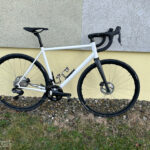
Hardy’s Frame Building Course FAQ – Steel Road Bike
25. January 2025
Inbox Frame Building Course
4. February 2025Building a Steel Road Bike Frame with Fully Integrated Cables
Introduction
Steel road bike frames have long been admired for their durability, ride quality, and timeless aesthetics. In recent years, fully integrated cable routing has gained popularity, offering a sleek and aerodynamic solution previously reserved for carbon frames. While traditional steel frames have relied on external routing, modern fabrication techniques allow frame builders to integrate cables cleanly through the frame. This article explores the benefits and challenges of fully integrated cabling on a steel road bike and provides guidance on selecting the right components to achieve a seamless build.
We only recommend fully integrated cables for bikes with electric shifting. With mechanical groupsets, the disadvantages regarding changing the cable housing and the potential impacts on shifting performance are too large. If you want to use a mechanical groupset with internal cable routing, we recommend routing the cables through the down tube, not through the bar/stem.
1. Pros and Cons of Fully Integrated Cables
Advantages
- Clean aesthetics and modern appearance: Fully integrated cables result in a smooth, clutter-free look that enhances the bike’s visual appeal.
- Reduced aerodynamic drag: Concealing cables within the frame and cockpit minimizes wind resistance, making the bike more efficient.
- Less exposed cabling means better protection from the elements: Internally routed cables are shielded from rain, dirt, and debris, increasing their lifespan and reducing maintenance.
- Easier frame construction due to fewer external guides and braze-ons: By eliminating cable stops and guides, frame fabrication can be simplified, reducing additional attachment points. Building a road bike for fully integrated cables is a great first frame to build in one of our frame building courses.
Disadvantages
- More challenging maintenance and repairs: Accessing internally routed cables requires more effort, especially if components need to be replaced or adjusted. For example, changing the stem length goes from a simple 10-minute job to a half-day task in the workshop, as the entire cockpit may need to be disassembled for cable access.
- Limited compatibility with certain components: Not all groupsets, handlebars, or stems are designed for internal routing, requiring careful component selection to ensure compatibility.
2. Choosing the Head Tube for Fully Integrated Cables
When designing a bike with fully integrated cables, one of the key decisions is selecting the appropriate head tube. The head tube choice should be made with the fork in mind, as it directly impacts the compatibility with different headsets and stems, as well as the overall aesthetic of the frame. There are three main head tube options to consider:
56mm Head Tube with IS52 Headset
This is the most common option for traditional head tube designs, and it’s typically paired with a fork that has a round steerer that has a hole for the brake line to be routed to the front brake. The IS52 headset allows for full cable integration, and the 56mm diameter ensures a clean aesthetic, especially when paired with larger diameter tubing. However, using larger diameter tubing can cause the frame to lose some of the characteristics traditionally associated with steel frames.
- Aesthetic Consideration: This option works best with larger diameter tubing to create a balanced and proportional look.
- Compatibility: Ideal for forks with a round steerer, and the headset will take care of the cable routing integration.
- Please note: The 56mm head tube in NOT available in stainless steel.
Here is a picture of a bike with the 56mm head tube and an IS52 headset:
44mm Head Tube with an IS52 Adaptor Headset (e.g., Chris King AeroSet 3)
The approach allows the selection of smaller diameter tubing: a 44mm head tube paired with a headset that acts as an adaptor to IS52 (like the Chris King AeroSet 3). This is a popular choice.
- Aesthetic Consideration: The headset cups are external at both the top and bottom of the head tube. The upper headset cup tends to look a bit large, which can disrupt the clean, integrated look. This aesthetic difference can be minimized by adding braze-on head tube rings to increase the head tube diameter, making the transition smoother.
- Compatibility: This setup is suitable for forks with a normal round steerer, where the cable integration is handled by the headset itself.
Here is a bike with the 44mm head tube, with a headset/adaptor from ENVE to IS52, also with the ENVE In-Route Road Disc Fork:
44mm Head Tube with Shaped Steerer Fork
The third option is a 44mm head tube paired with a fork that has a shaped steerer, which facilitates cable integration directly through the fork itself. This setup provides the most flexible options when it comes to choosing a headset, as any “normal” headset can be used (e.g., Chris King i7).
- Aesthetic and Functional Consideration: This option is often chosen for forks like the Columbus Trittico, which has a shaped steerer that integrates the cables in a seamless manner. However, the stem must be compatible with the fork.
- Stem Compatibility: When using forks with shaped steerers (like the Deda DCR or Columbus Trittico), the stem must also be chosen carefully to ensure proper integration. In the case of the Columbus Trittico Road Fork, we currently recommend only using the Trittico stem, as it is designed to work with the fork. Most normal stems are not be compatible. The D-Shaped Steerer of the Deda forks offers greater flexibility, as it significantly increases compatibility with a wider range of stem options.
- Note: tune should release a stem in 2025 which we hope will be compatible with the Trittico fork.
Here is a picture of a bike with the 44mm head tube combined with the Columbus Trittico fork and cockpit:
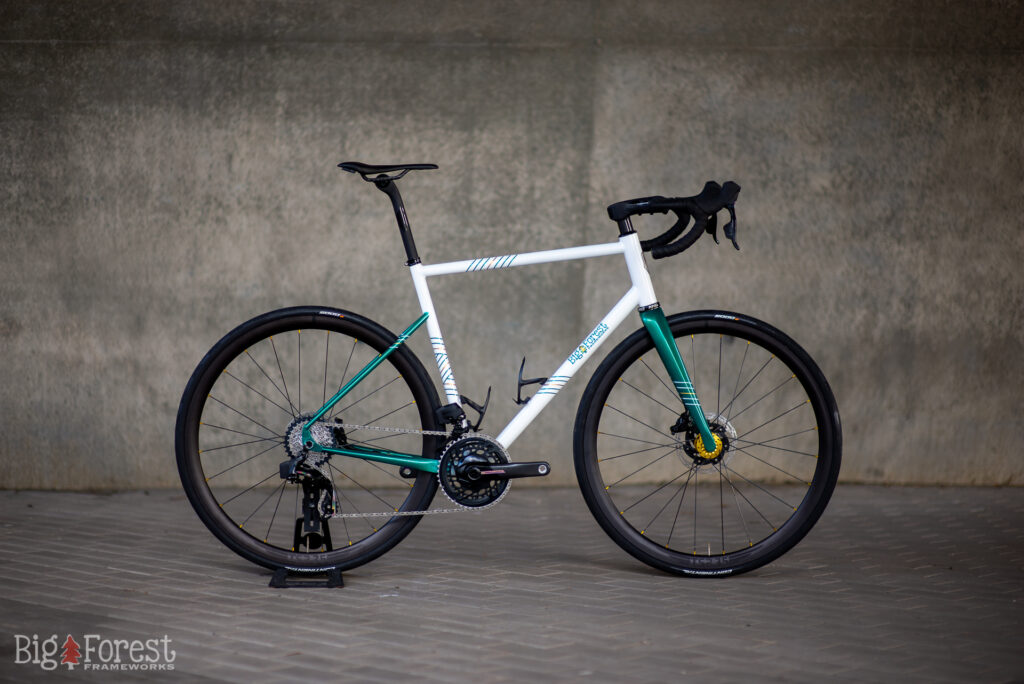
Choosing the right head tube size and fork is critical for achieving a seamless and aesthetically pleasing integrated cable routing system. The three options outlined above each have their own benefits and drawbacks, and it’s essential to consider both the aesthetic goals and technical requirements of your build. Whichever option you choose, ensuring that the headset and stem are designed to work together with your chosen fork will lead to a cleaner and more efficient bike build.
3. Fork Choices for Fully Integrated Routing
Fork selection is crucial when designing a steel frame for fully integrated cable routing. The chosen fork must accommodate internal cable routing while maintaining proper structural integrity and aesthetic compatibility.
Round Steerer Forks
- Enve Road In-Route Fork: Designed for road use with fully internal cable routing and a 1-1/8” to 1-1/2” tapered steerer.
-
- Tire clearance: 35mm
- Fork length: 371mm
- Rake: 43 & 50mm
- Weight: 425g
-
- Enve All-Road In-Route Fork: A high-quality carbon fork optimized for mixed-surface riding with internal routing.
- Tire clearance: 40mm
- Fork length: 380mm
- Rake: 47 & 51mm
- Weight: 535g
- Enve Gravel In-Route Fork: Designed for gravel riding with increased tire clearance and full internal routing.
- Tire clearance: 50mm
- Fork length: 395mm
- Rake: 53 & 55mm
- Weight: 545g
- Columbus Futura Disc Integrated: A versatile fork that supports internal routing and pairs well with modern steel frames.
- Tire clearance: 28mm
- Fork length: 368mm
- Rake: 45mm
- Weight: 440g
- Seido RGT Fork: A gravel fork offering both fully integrated and normal internal cable routing options.
- Tire clearance: 47mm
- Fork length: 400mm
- Rake: 50mm
- Weight: 510g
- Seido MGV Fork: A gravel fork with more tire clearance than the RGT, with both fully integrated and normal internal cable routing options.
- Tire clearance: 58mm
- Fork length: 410mm
- Rake: 53mm
- Weight: 530g
Shaped Steerer Forks
- Columbus Futura Trefoil Road: Designed specifically for fully internal routing while maintaining classic aesthetics.
- Tire clearance: 32mm
- Fork length: 367mm
- Rake: 45mm
- Weight: 392g
- Deda EDG Road Fork: A road-specific fork with a shaped steerer for clean cable integration.
- Tire clearance: 28mm
- Fork length: 369mm
- Rake: 45mm
- Weight: 414g
- Deda All Road: A fork ideal for allroad use, D shaped steerer for clean cable integration.
- Tire clearance: 35mm
- Fork length: 370mm
- Rake: 45mm
- Weight: 450g
- Deda Gera Curvy: The perfect gravel fork for adventure and bikepacking.
- Tire clearance: 57mm
- Fork length: 398mm
- Rake: 50mm
- Weight: 545g
- Deda GERA EDG: A gravel fork under 500 grams with a clean design.
- Tire clearance: 45mm
- Fork length: 398mm
- Rake: 50mm
- Weight: 498g
4. Headset and Stem Compatibility: A Seamless Integration
When building a bike with fully integrated cables, it is essential that the headset and stem are specifically designed to work together. Unlike traditional setups, where you can often mix and match components from different brands, fully integrated systems require careful attention to detail to ensure that everything aligns perfectly.
- Seamless Transitions: The goal is not only to hide the cables but also to create a smooth, continuous transition from the head tube through the headset and into the stem. This smoothness is crucial not just for aesthetics but also for the overall performance of the bike. A poorly matched headset and stem may result in awkward angles, visible gaps, or misaligned cable entry and exit points that compromise the integration and look of the bike.
- Specific Compatibility: Many integrated systems, such as those from Deda, FSA, and ENVE, are designed with specific headsets and stems that are engineered to work together. Mixing and matching different systems often leads to issues with cable routing, alignment, and potential interference between the headset and stem. It’s essential to ensure that both parts are designed for the same internal routing system to maintain smooth cable flow and aesthetic coherence.
- Why Compatibility Matters: Compatibility ensures that the transition between the head tube, headset, and stem is not only visually seamless but also functionally efficient. A system that is “made for each other” guarantees that the cables route smoothly without interference, maintaining the clean look that internal routing promises.
In summary, for a fully integrated bike, it’s crucial that both the headset and stem are specifically designed to complement one another. Always double-check that these components are part of the same system, as mismatched components can lead to functionality problems and a less polished overall look.
5. Headset Considerations for Integration
The headset plays a vital role in cable routing, as it serves as the entry point for internally routed cables. Different headset designs offer varying levels of integration and compatibility with different fork types.
- Examples of compatible headsets:
- Chris King AeroSet 1 IS52: A premium headset designed specifically for an IS52 head tube with fully integrated cable routing. Top cap options for FSA or ENVE stems.
-
- Chris King AeroSet 3 EC44: A premium headset designed specifically for a 44mm head tube with fully integrated cable routing. Top cap options for FSA or ENVE stems.
-
- Wolftooth EC44: Another premium headset designed available in different colors for a 44mm head tube with fully integrated cable routing. Compatible with ENVE stems.
-
- Wolftooth IS52: Same as above but for an IS52 head tube with fully integrated cable routing. Compatible with ENVE stems.
-
- Deda IS52 Headset: A headset (IS52) designed for internal cable routing, specifically for IS52 head tube standards. Top cap is not included.
-
- Deda S-DCR Headset: This headset (IS52) is designed to work with a setup where the cables are not routed through the stem.
-
- Ritchey Switch System EC44: A headset (44mm HT) and stem system designed to allow for clean cable integration while maintaining compatibility with various frame standards.
-
- ENVE: ENVE also offers headsets for IS52 as well as EC44 head tubes that are compatible with the ENVE stems. They are however not found on their website. The photo of the dark red bike above has the IS52 ENVE headset.
6. Stem and Cockpit Compatibility
The choice of stem and cockpit components significantly impacts the success of a fully integrated build. The stem must facilitate internal routing without excessive cable bends or difficult installation processes.
ENVE Stems
- ENVE Aero In-Route Stem: Designed to seamlessly integrate with the Aero In-Route handlebar for a sleek cockpit.
- Weight: Approx. 175g (100mm)
- ENVE High-Rise In-Route Stem: Offers a higher rise for a more comfortable ride, ideal for riders who want a less aggressive position without lengthening the head tube.
- Weight: Approx. 185g (100mm)
Deda Stems
- Deda Superbox DCR Stem – 175g (100mm)
- A versatile stem with a modular internal routing system, allowing for full or partially concealed cables while providing a clean, aero profile.
- All Deda Stems are in compatible with the D-shaped Deda forks for fully integrated cables! Depending on the stem, there may be a limit of 3 cables.
Lightweight Integrated Stems
- Schmolke TLO Carbon Stem (ICR Ready): One of the lightest options at just 86g for the 100mm version, designed for fully integrated cable routing. This stem provides an ultra-lightweight and aerodynamic option, making it perfect for high-performance builds. However, its lack of headset/top cap compatibility could be an issue for aesthetics, as it may require additional solutions to maintain a clean visual appearance.
Other Options
- FSA ACR Stem: – 165g (100mm)
- A fully integrated solution for sleek and clean cockpit aesthetics.
- Ritchey COMP SWITCH Stem – 180g (100mm)
- Designed for full internal routing in combination with Ritchey’s SWITCH headset system.
- Ritchey RL1 SWITCH Stem – 200g (100mm)
- A cost-effective alternative to the Comp, providing full internal routing with Ritchey’s SWITCH system.
6. Integrated Stem/Bar Combos
For those seeking an even more streamlined look and a fully integrated cockpit, several manufacturers offer stem/bar combos that eliminate the need for separate handlebars and stems. These combos provide maximum integration and reduce the number of components visible at the front of the bike.
- ENVE Aero In-Route Bar/Stem Combo: A highly aerodynamic solution for road and gravel bikes, designed to work seamlessly with their In-Route stem.
- Weight: Approx. 380g (120mm x 42cm)
- Deda Alenara RS Bar/Stem Combo: This bar/stem combo provides complete internal cable routing with a stylish, modern design.
- Weight: Approx. 395g (110 x 42cm)
- THM Frontale ICR: Known for their lightweight and high-performance components, THM’s integrated bar/stem combo offers internal cable routing while maintaining a very low weight.
- Weight: Approx. 222 g (420 x 100 mm)
- Beast Components Cockpit Bar Road: An integrated system offering excellent cable routing with a focus on durability and lightweight performance.
- Weight: Approx. 340g (420 x 100mm)
Conclusion
Fully integrated cable routing on a steel road bike presents both aesthetic and functional benefits, making it an appealing option for modern frame builders. While the complexity of maintenance and component selection requires careful planning, the resulting clean lines, improved aerodynamics, and reduced external clutter make integration a worthwhile pursuit. By selecting the right fork, headset, and cockpit components, builders can achieve a seamless and high-performance steel road bike that balances tradition with innovation.




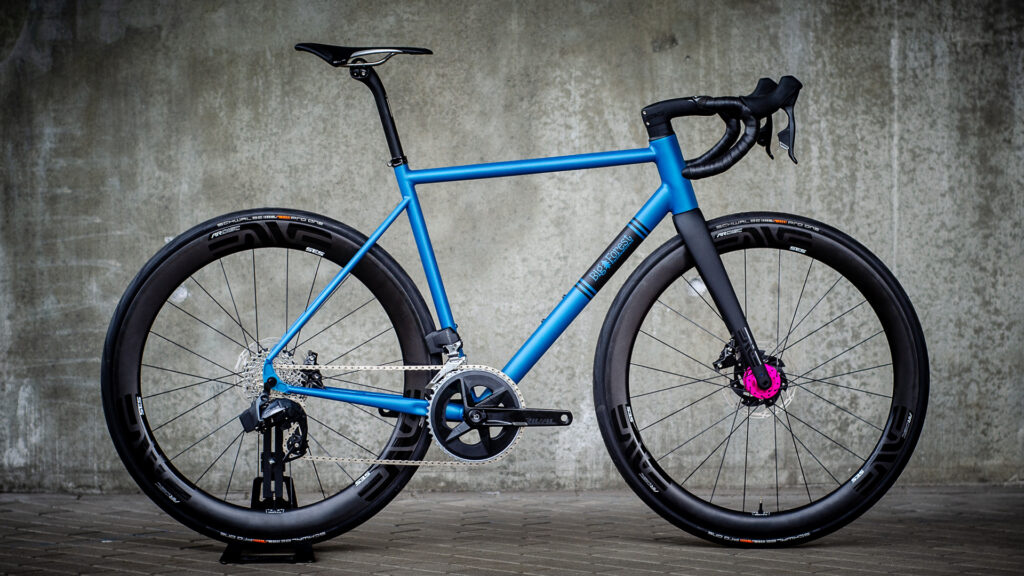
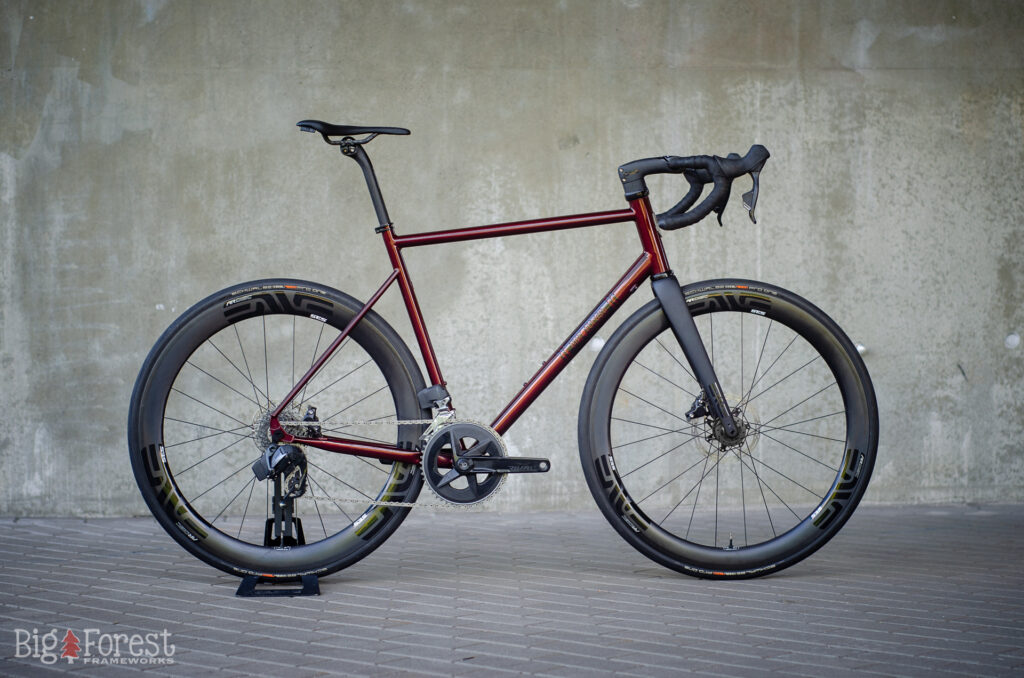
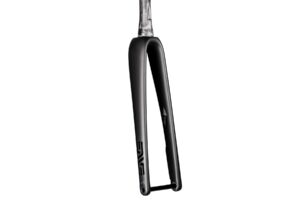
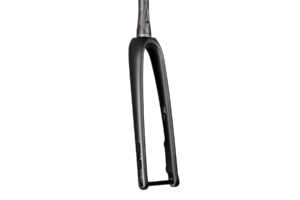
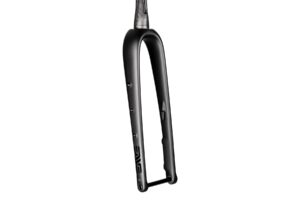
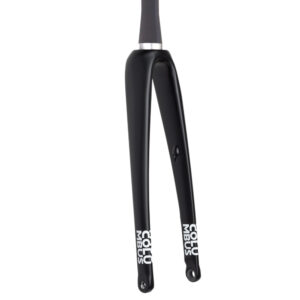

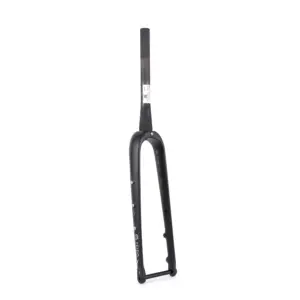
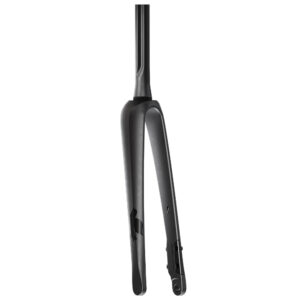
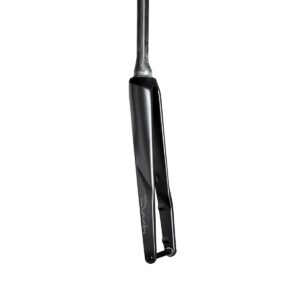
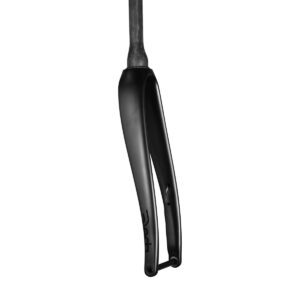
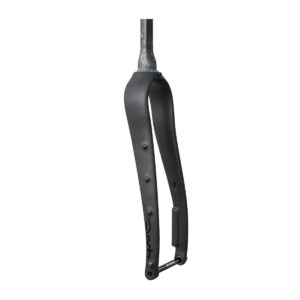
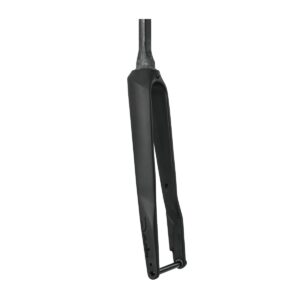
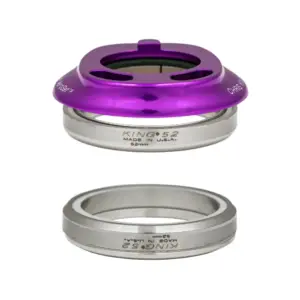


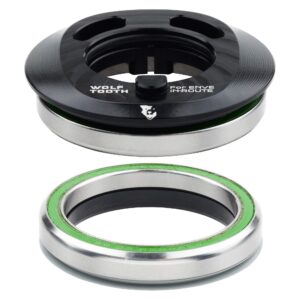
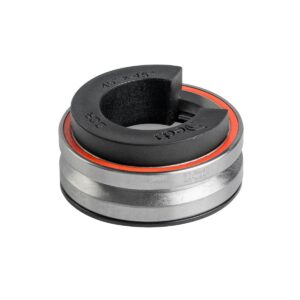
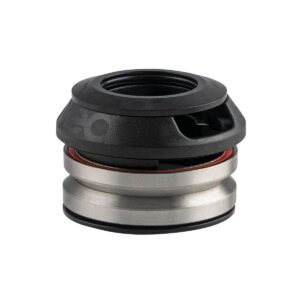
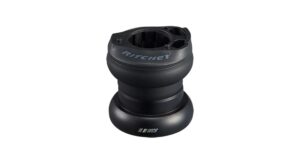
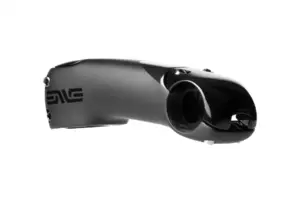
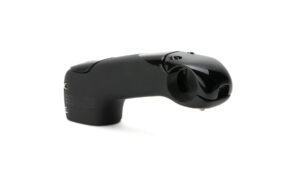
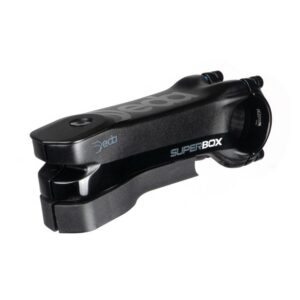

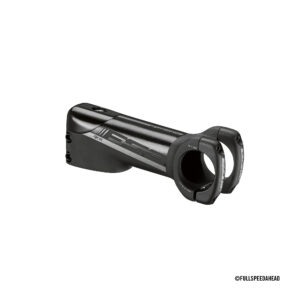

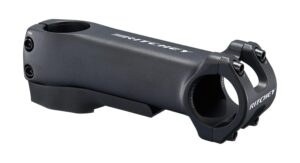

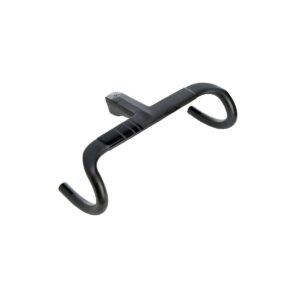
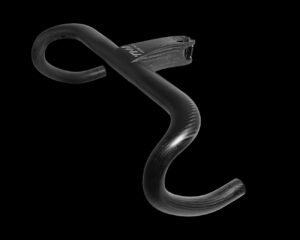
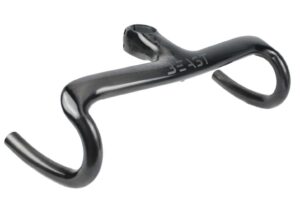
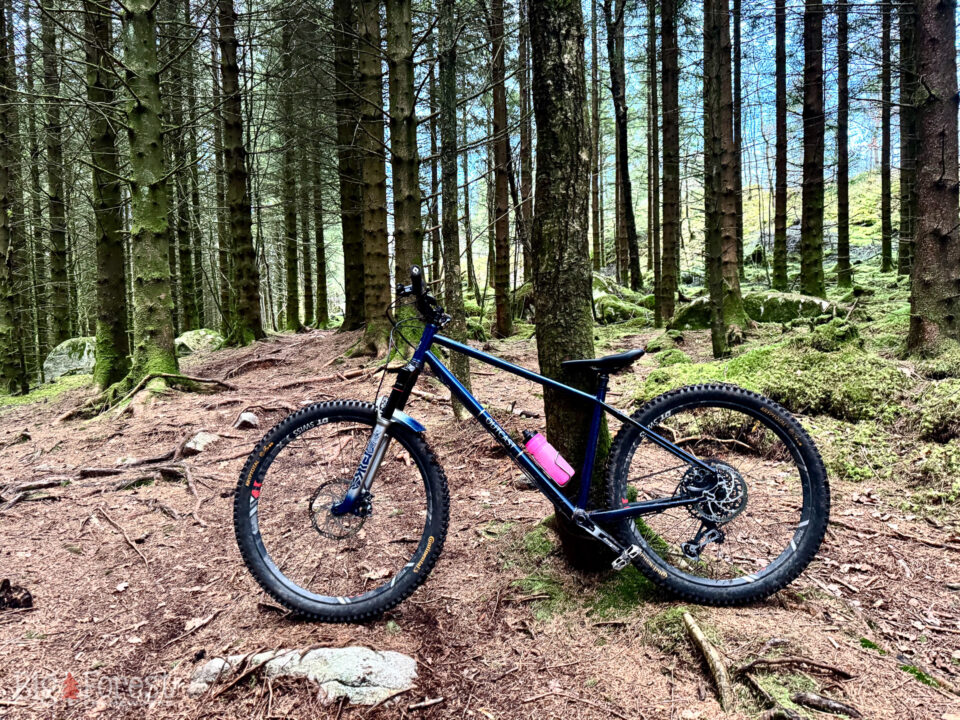


2 Comments
thank you very much for the article
Sure, hope you found it useful!